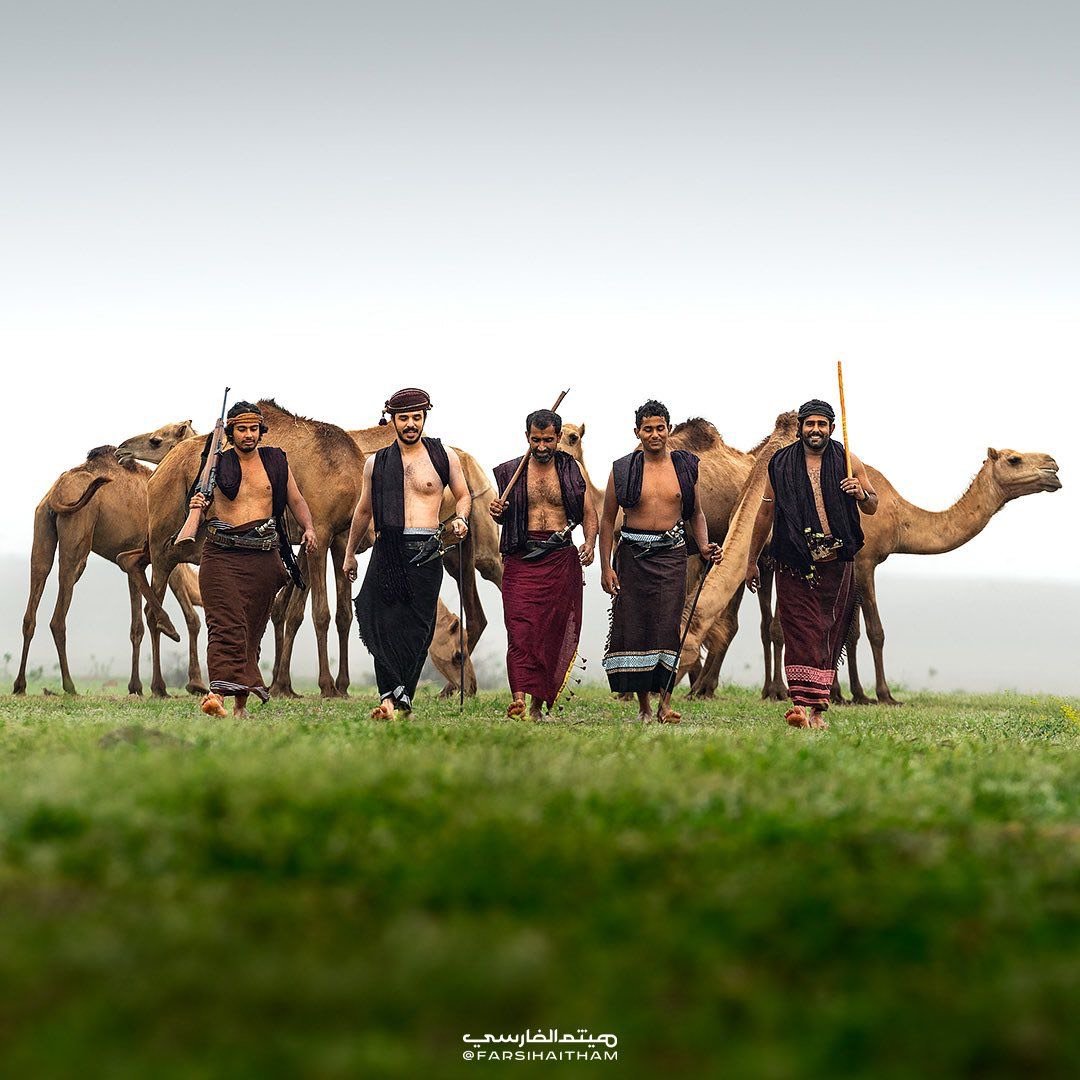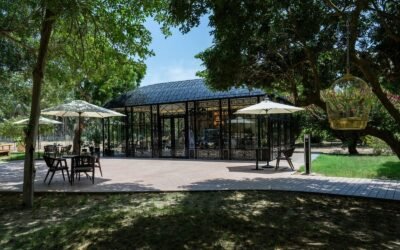Dhofari Attire
The Dhofari attire, locally known as “Al Subaighah,” stands as a cultural emblem of Oman, particularly in the vibrant region of Dhofar and its picturesque capital, Salalah. This traditional clothing not only reflects the country’s rich heritage but also serves as a visual manifestation of Omani identity and tradition.
Characterized by its vibrant colors, intricate embroideries, and timeless designs, the Dhofari attire is a true masterpiece of artistry and craftsmanship. For men, the traditional ensemble includes the flowing white dishdasha, adorned with delicate embroidery and cinched at the waist with a wide belt. The iconic white mask worn on the head completes the look, adding a touch of elegance and tradition.
In contrast, women’s attire is a burst of colors and intricate details. The traditional dresses are long, wide, and adorned with beautiful embroideries, showcasing the skillful craftsmanship that is synonymous with Omani culture. Soft fabrics in bright hues drape gracefully, reflecting the grace and beauty of Omani women.
Occasions and Styles
The Dhofari attire is not just limited to everyday wear; it extends to various occasions and events, each with its unique style and significance:
- Wedding Attire: For weddings, the attire is crafted from luxurious fabrics like brocade or velvet, featuring intricate embroidery, crystals, and colored stones that add a touch of opulence and elegance to the ensemble.
- Mourning Attire: During times of mourning, the attire transitions to plain black velvet, devoid of any patterns or embellishments, symbolizing respect and solemnity.
- Official and Family Visit Attire: For official gatherings and family visits, the attire is kept simple and lightweight, often made from silk, crepe, or chiffon, reflecting a balance of elegance and practicality.
- House Attire: At home, the attire shifts to soft cotton fabrics with a variety of colors and patterns, offering comfort and style in equal measure.
The head covering, or shawl, is typically crafted from voile or silk, featuring lovely shapes and a radiant sheen that complements the overall traditional Dhofari attire, adding a final touch of sophistication and grace.
In a rapidly changing world, the preservation of traditional attire like the Dhofari clothing becomes essential in safeguarding the cultural heritage and identity of Oman. Through the continued wearing and celebration of the Dhofari attire, Oman pays homage to its past, present, and future, ensuring that the legacy of its rich cultural tapestry endures for generations to come.
In every stitch, every color, and every fabric of the Dhofari attire, the spirit of Oman’s heritage is woven, creating a tapestry of tradition, elegance, and pride that stands as a testament to the enduring legacy of the Omani people.
Photo credit: Haitham Al Farsi




